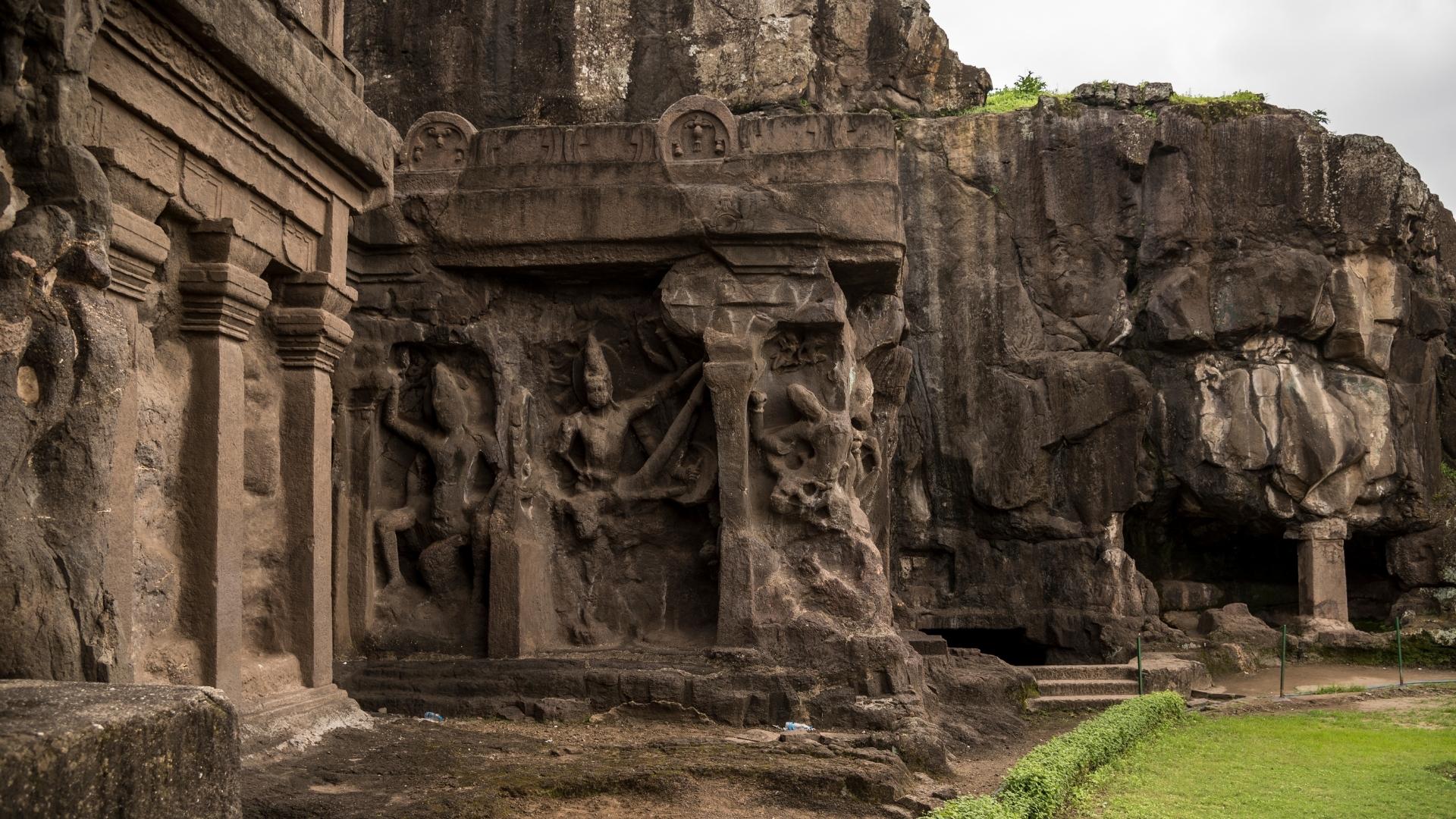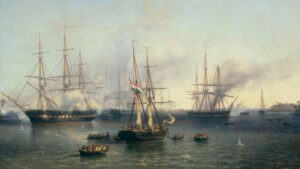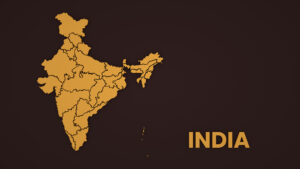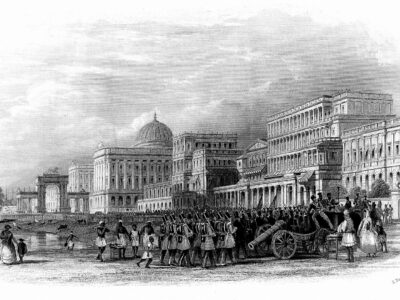The tradition of sculpting in India rises from the Indus Valley Civilization (2600 BCE to 1800 BCE); the Harappan excavations reveal many impressive burnt clay figurines and bronze sculptures like a dancing girl, a woman riding two bulls and others. However, it would be ideal to consider the sculptural remains of the Mauryan period (320 BCE to 185 BCE) to establish adequate Indian cultural connections, and they are primarily sculptures. Significant sculptural remnants of this period are predominantly capitals (ex: lion capital of Sarnath), engraved animal figures, and figures of yaksha and yakshini carved in sandstone. Mauryan arts had an Achaemenid influence to a considerable extent and disappeared due to the rapid downfall of the Mauryan dynasty.
In the post-Mauryan period (200 BCE to 600 CE), the sculptural works exhibited notable improvisations and employed several styles such as:
1. Gandhara Style: appeared in the 2nd century BCE with the foreign influence of Greco-Roman art and declined in the 5th century CE; the materials mainly used for sculptural works are bluish-grey sandstone, wood and plaster. The sculptural works during this period consisted of stone medallions (vedikas) and arched gateways (vandanamalikas). This art style was associated with Buddhism, probably developed in ancient Bactria and was renowned during the reign of the Kushans and Sakas.
2. Mathura Style: appeared in the 2nd century BCE with no foreign influence in the beginning. However, in the period of the Sakas and Kushans, the works demonstrate the presence of the Greco-Roman style and are usually sculpted using red sandstone. Initially, the Mathura style was associated with Hinduism, while Jain and Buddhist sculptures also carried this style in the subsequent stages. This style of art declined in the 6th century CE due to a lack of condescending.
3. Amaravati Style: emerged in or after 150 BCE without any foreign influence, characterised by feminine beauty and graceful rendering. This art style was associated with Buddhism and adapted the excessive use of tribhanga postures. White marble and sandstone are the materials preferred mainly by sculptors. Various dynasties throughout India continually encouraged and supported the art form and never declined.
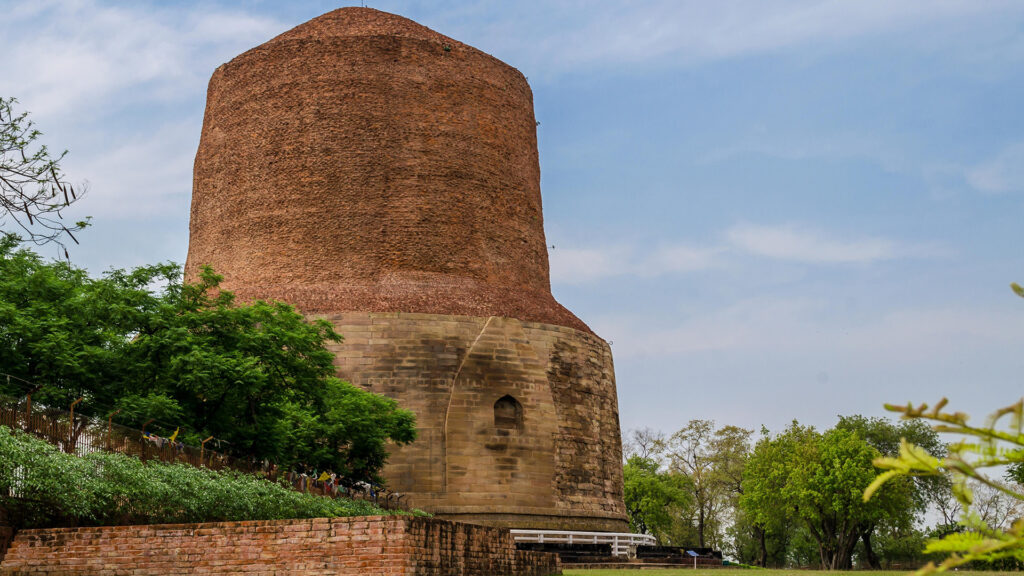
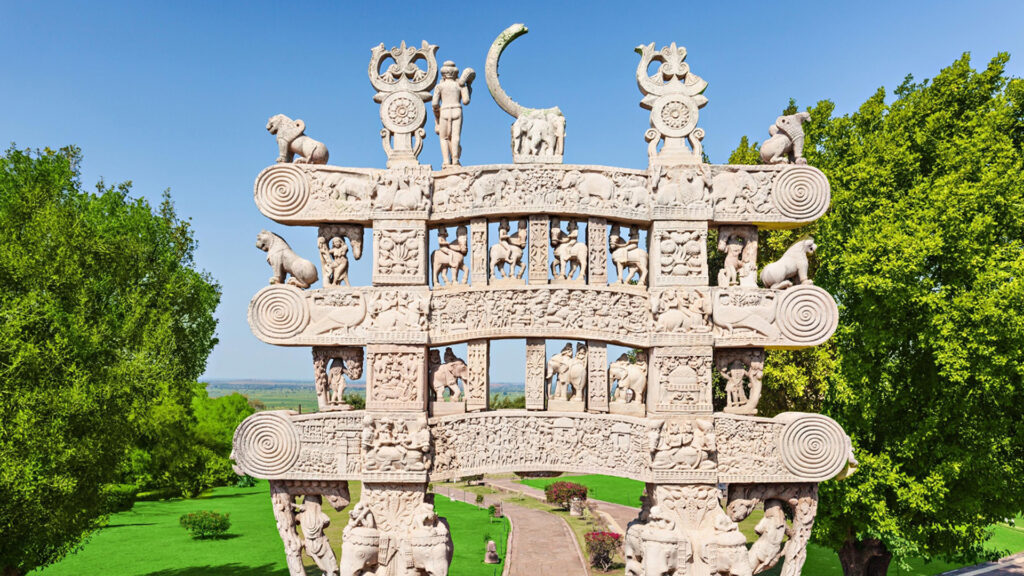
In the Puranic Period (300 CE to 600 CE), sculptures have acquired great mastery of technique and refinement; the preferred materials used in the sculptural works are red-spotted sandstone and metal. Although it is a Hindu revival period, liberally, Buddhism and Jainism prospered throughout this time. Nudity was absent in the sculptural works of this era, and sculptors created immaculately dressed life-sized stone figures. Later, between 600 CE to 1200 CE, sculpture flourished with rock-cut caves and temple architecture throughout India, patronised by various dynasties such as the Gangas, Palas & Senas, Chandellas, Chalukyas, Rashtrakutas, Hoysalas, Pallavas, Cholas, Pandyas and others.
Dominated by the Muslim invasions in the medieval period (1200 CE to 1600 CE) and the flourishing Islamic culture with no belief in idol worship caused a significant impact on Indian sculpture and its fallback. However, in the 16th century CE, under the rule of Vijayanagara kings, the temples and buildings were exquisitely decorated with sculptures, and Muslim invaders destroyed most of the sculptural works.
Further, sculptures did not have much importance and could not sustain in the colonial age, although artists and sculptors got scarce support from royals and nobles.

